The Ausone estate is anchored to the side of the hill in a place called Roc Blancan, literally “white rock”. It is a mineral stage, slowly hewn by Man, where, for the last two thousand years, life has chosen to establish itself in stone, as have the vines.
II. A theatre of stone
Subterranean tales
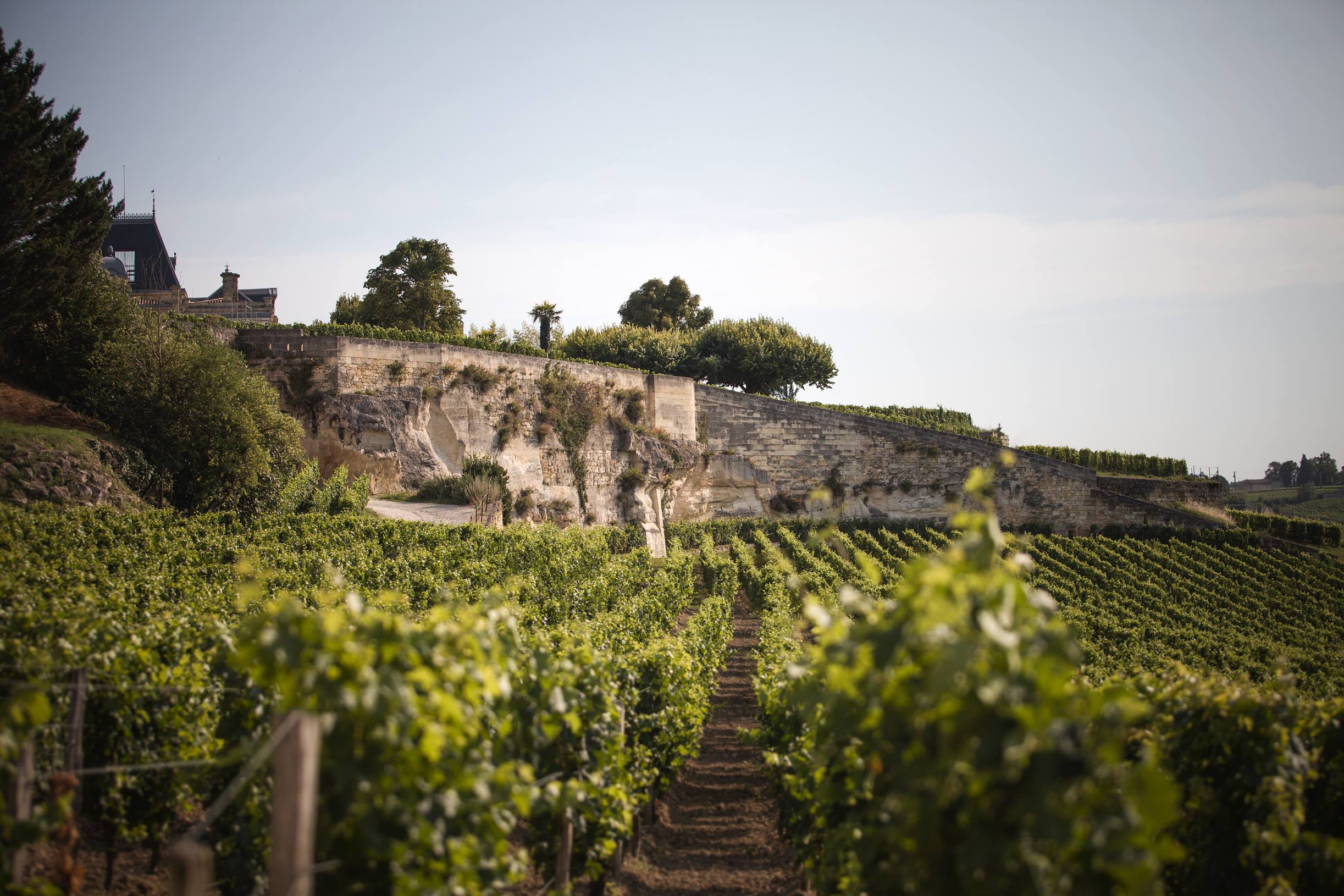
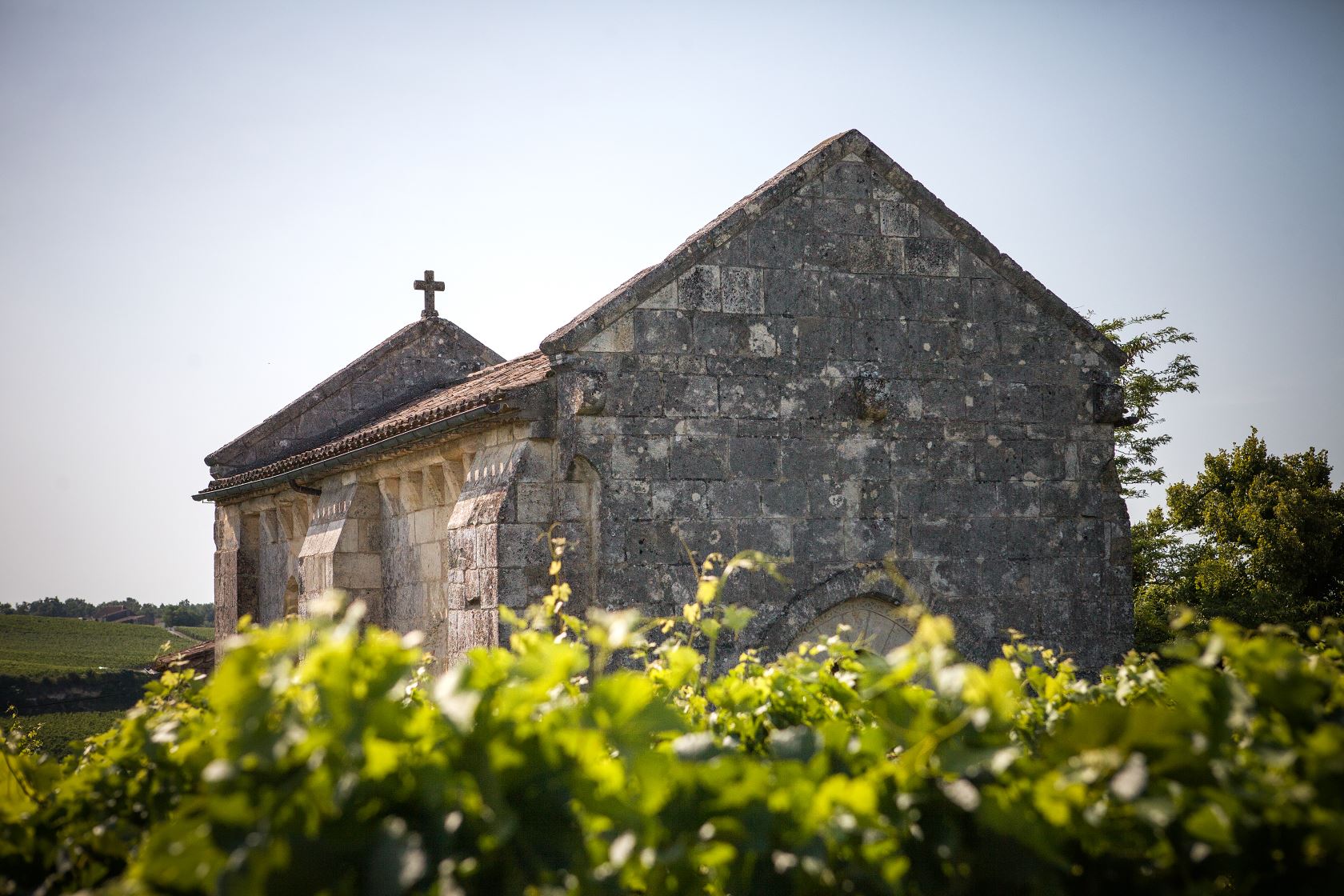
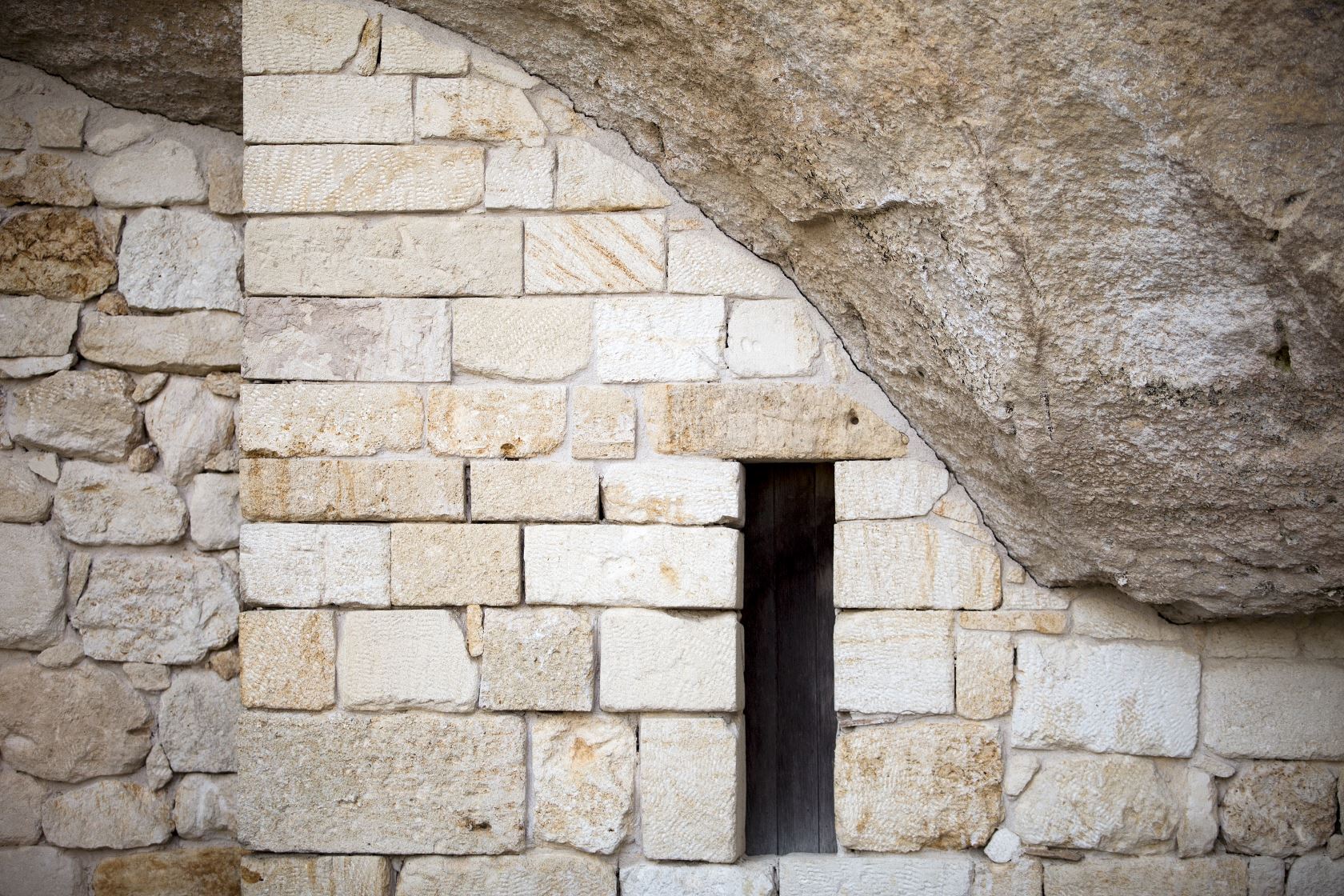
The Ausone rock also constitutes a vast religious chronicle. It was not just a place to live but also a place to pray. In the Middle Ages, the thick limestone bank that lies above the property hosted burials and then a small Romanesque chapel. It is still there today, standing in the middle of one of the parcels, a place of worship surrounded by vines. And beneath it lies another treasure of Christian art, an underground rotunda with a fresco of the Last Judgement.
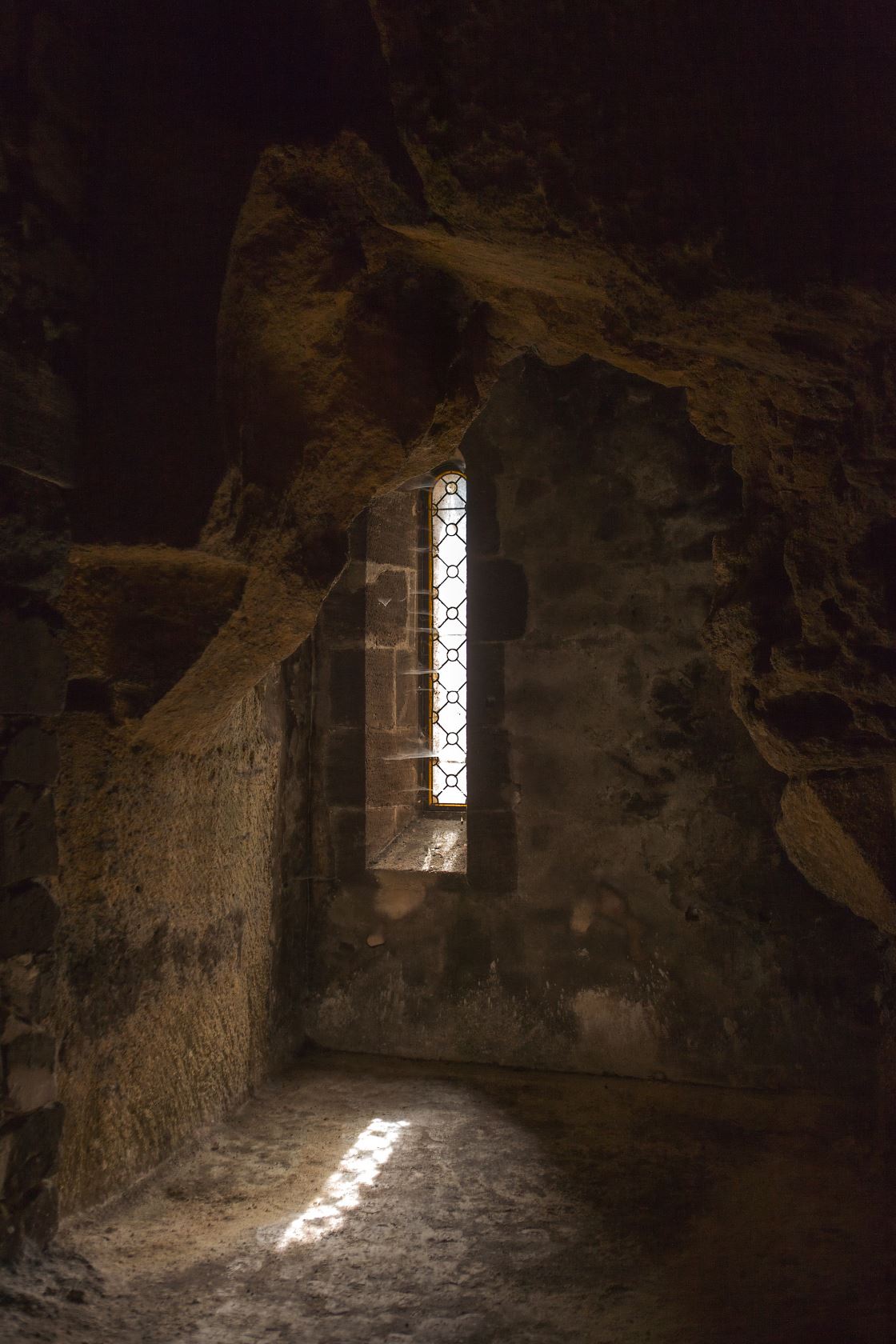
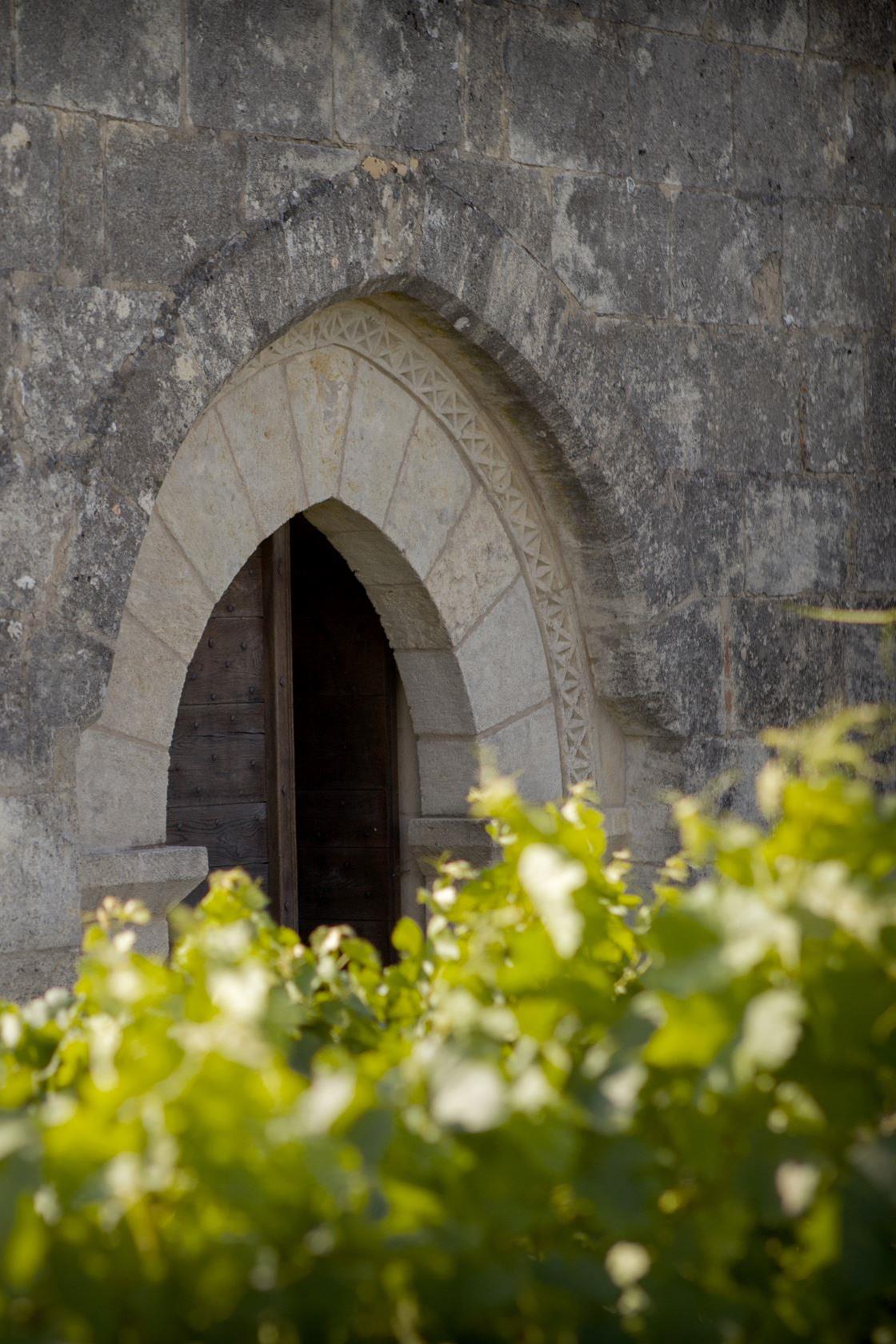
The rock is however a lot more than just a backdrop for the vines; it provides an essential limestone medium in which they bury their roots. And further below, the barrels of wine patiently wait in the underground quarries that were converted into cellars in the eighteenth century. In the peace and silence, the humidity and stable temperatures combine to create ideal conditions for ageing.
Time, as if slowed by the weight of the stone, lovingly crafts each vintage.



